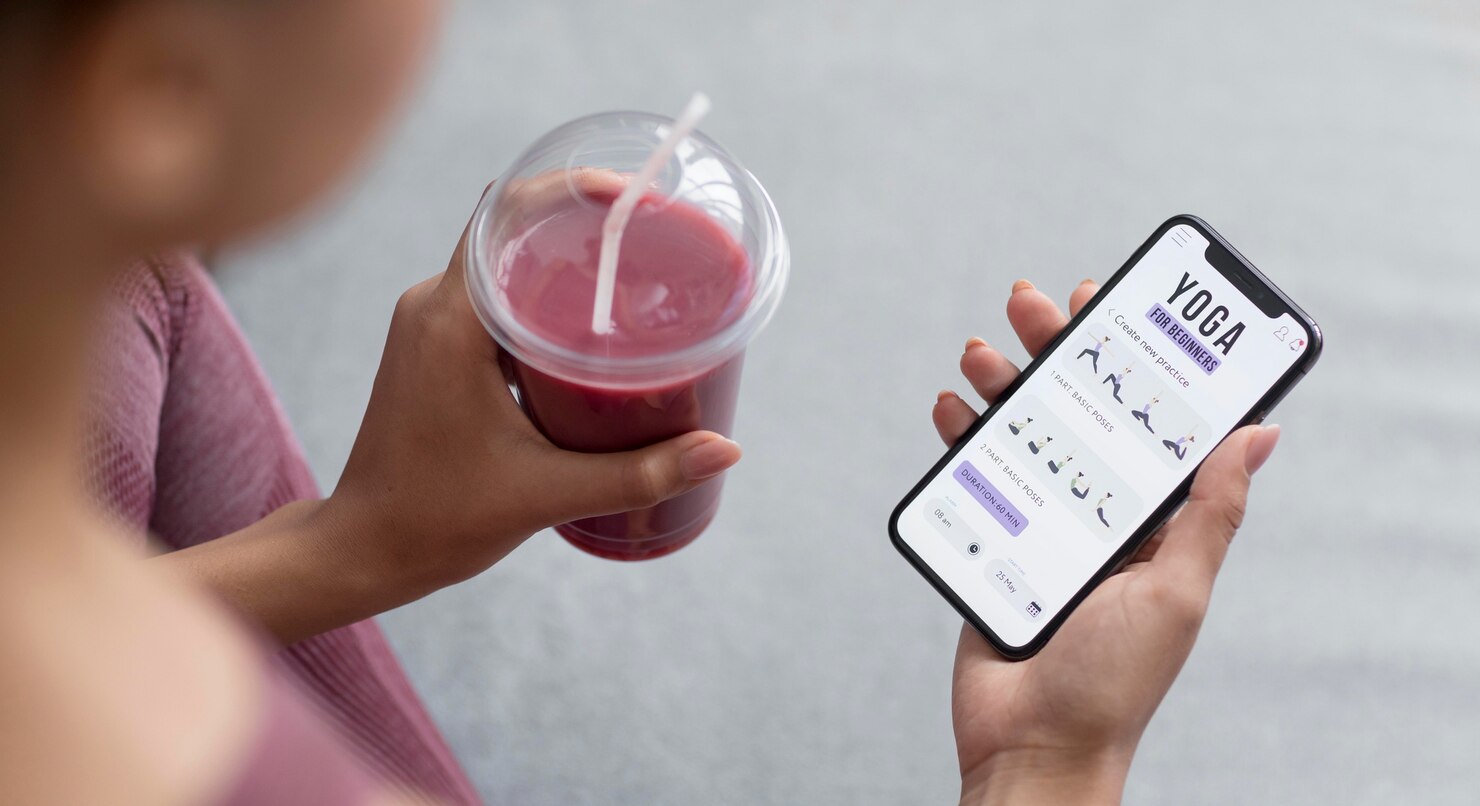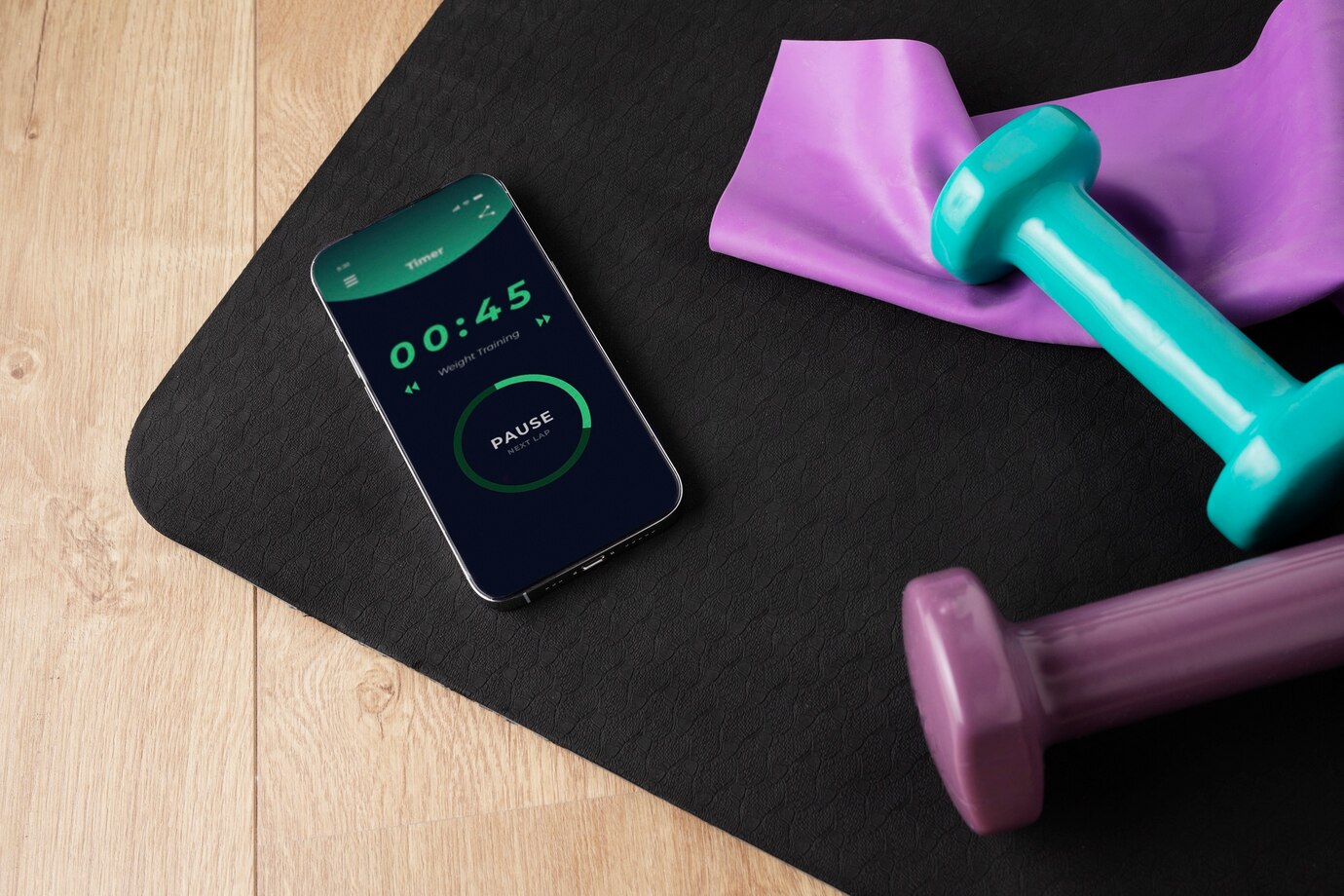How to Build a Mobile App for the Fitness Industry
The fitness industry has seen significant growth in recent years, thanks to the increasing demand for health-conscious lifestyles. With the rise of wearable technology and digital platforms, fitness businesses are leveraging mobile app to enhance user engagement and provide tailored experiences. For mobile app developers, building a fitness app presents an exciting opportunity to create a product that caters to this thriving market. In this blog, we will guide you through the essential steps to build a successful mobile app for the fitness industry.
Understanding the Fitness App Market

Before jumping into the development process, it’s important to understand the fitness app landscape. Fitness apps range from workout trackers and nutrition planners to wellness apps that integrate meditation and mental health features. The key to creating a successful fitness app is identifying the specific needs of the target audience. Whether you’re catering to beginners, seasoned athletes, or those interested in general wellness, understanding the pain points and desires of users will help you develop a product that truly resonates with them.
Defining the App’s Core Features

The first step in building a mobile app for the fitness industry is defining its core features. Fitness apps can have a wide variety of functionalities, depending on the niche and user requirements. However, there are a few key features that are essential for any fitness app.
One of the most important features is the workout tracking system. This system should allow users to log their exercises, track progress, and even suggest personalized workouts based on user data. Fitness mobile apps often need an intuitive user interface that makes these tasks easy to access. Additionally, integrating a nutrition tracker can also enhance user experience by helping individuals track their meals and caloric intake, providing insights that complement their fitness routines.
Social features are also a valuable addition to any fitness app. Many users seek motivation and support from a community of like-minded individuals. This could include features like groups, challenges, or direct messaging, which allow users to connect with others and share their progress.
Lastly, integrating integration with wearable devices, such as fitness trackers and smartwatches, is crucial. Mobile App Developers should ensure that the app can sync seamlessly with these devices, providing users with comprehensive data and real-time feedback.
Choosing the Right Technology Stack

As a mobile app developer, one of the most critical decisions you’ll face is choosing the right technology stack for your fitness app. Depending on your budget, timeline, and long-term goals, you can opt for native, hybrid, or web-based app development.
Native apps are built specifically for iOS and Android, offering the best performance and user experience. However, native development can be costly and time-consuming. Hybrid apps, on the other hand, allow you to develop a single app that works across both platforms, but they might come with performance limitations.
The choice of technology also impacts how the app integrates with third-party services, such as wearable devices and cloud storage systems. Be sure to select technologies that support these integrations for a smooth and feature-rich experience.
UI/UX Design

A crucial aspect of any fitness app is the user interface (UI) and user experience (UX) design. Fitness apps are often used during workouts, which means they must be intuitive, simple to navigate, and fast. A cluttered interface or confusing navigation will only frustrate users.
Mobile App Developers should focus on creating a clean and minimalistic design that showcases the most important features upfront. For example, users should be able to easily access their workout logs, track their progress, and view their fitness goals without getting lost in the app. Additionally, features like dark mode or adjustable font sizes can enhance usability, especially for users who prefer a more personalized experience.
Ensuring Data Privacy and Security

Fitness apps often collect sensitive health data, such as heart rate, weight, and activity levels. It’s critical to ensure that your app follows industry standards for data privacy and security. As a mobile app developer, you must implement robust encryption and security measures to protect users’ personal information from data breaches and unauthorized access.
It’s also important to be transparent with users about how their data is collected and used. Be sure to include clear privacy policies and obtain user consent before collecting any personal information. This not only helps build trust with users but also ensures compliance with data protection regulations such as GDPR or HIPAA, depending on the app’s geographical reach.
Testing and Quality Assurance

Before launching your fitness app, thorough testing and quality assurance are essential. Fitness apps need to perform well under various conditions, including heavy usage during workouts or syncing with wearables. Ensure the app works seamlessly on all supported devices, with no bugs or glitches that could hinder the user experience.
Testing should cover both functional and non-functional aspects. This includes ensuring that all features, such as workout tracking, notifications, and integrations, function correctly, as well as checking the app’s speed, responsiveness, and overall stability.
Launching and Marketing the App

Once your fitness app is ready, the next step is launching it on the App Store or Google Play. Before the launch, it’s crucial to have a marketing plan in place to generate interest and attract early users. You can use social media, influencer marketing, and partnerships with fitness trainers or health experts to promote the app.
Offer incentives, such as free trials or discounts, to encourage users to download and try the app. Make sure to collect feedback from early users to identify any issues and make improvements before a full-scale launch.
Continuous Improvement and Updates

The work doesn’t stop once the app is launched. To maintain user engagement and stay ahead of the competition, it’s essential to continuously improve the app based on user feedback and changing market trends. Regular updates with new features, bug fixes, and performance enhancements will keep the app fresh and relevant.
Mobile App Developers should also keep an eye on emerging trends in the fitness industry, such as AI-driven fitness coaching, virtual reality workouts, or personalized nutrition plans, to incorporate into future updates.
Conclusion

Building a mobile app for the fitness industry is a rewarding endeavor, but it requires careful planning, technical expertise, and a deep understanding of the target audience. By focusing on key features, selecting the right technology stack, prioritizing user-friendly design, and ensuring data security, mobile app developers can create a product that stands out in a competitive market. With continuous improvements and strategic marketing, your fitness app can become a valuable tool for users and a successful business venture in the growing fitness sector.






